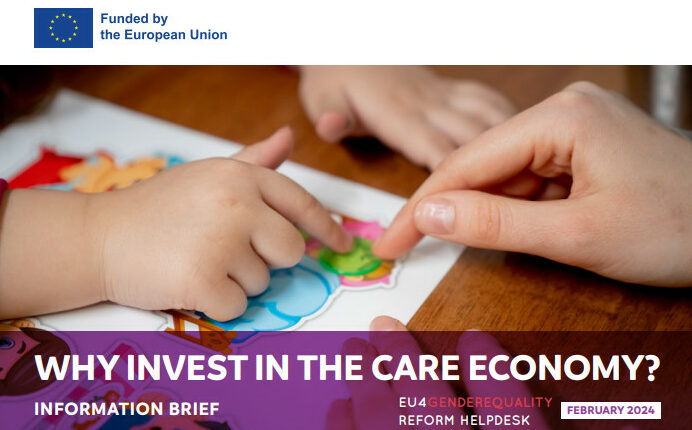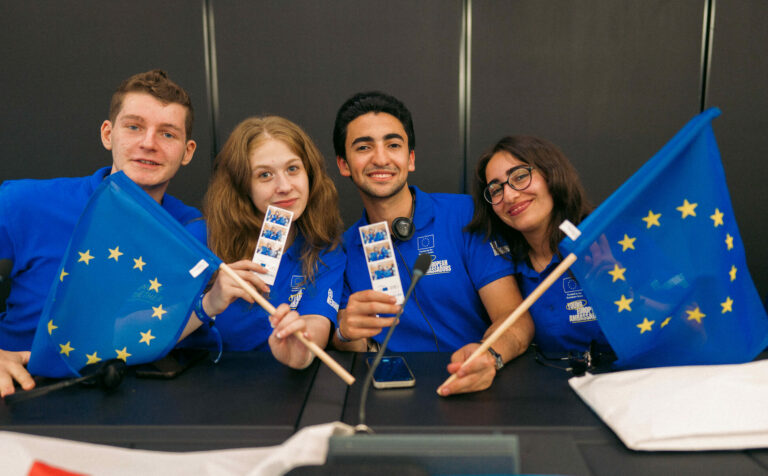
Insights from Belarus. FROGEE. Policy brief 3.
Women in politics: why are they under-represented? Pamela Campa, SITE.
Women are generally under-represented in political offices worldwide, and their under-representation becomes larger in more senior positions. In this brief author reviews some recent academic literature in economics and political science on the likely causes of women’s under-representation. Broadly speaking, the literature has divided such causes into “supply-side” and “demand-side” factors: the former include women’s potentially lower willingness to run for political office, whereas the latter include voters’ and party leaders’ prejudices against women in politics. Understanding the underlying causes of women’s under-representation in political institutions is crucial in order to design the most effective policies to address the existing gender gaps. In concluding some of the policies that have been proposed or used to empower women in politics are summarized.
Women in Belarusian politics. Lev Lvovskiy, BEROC.
As a soviet legacy, women always enjoyed relatively large representation in Belarus’ power, but this representation mandated by quotas was formal and meant little in the authoritarian regime. In 2020, when the situation became critical after all male opposition candidates were detained banned from participation in the elections, women took the situation into their own hands and became the face of the protest.
FROGEE. March, 2021
Download
MOST READ
RELATED

Women’s economic empowerment: Good practices in Eastern Neighbourhood countries

Mapping care-related policies, services and practices in Eastern Partnership countries

Why invest in the care economy? Information brief

What is the screening process and how does it work?

EU accession process step by step
More campaign pages:
Interested in the latest news and opportunities?
This website is managed by the EU-funded Regional Communication Programme for the Eastern Neighbourhood ('EU NEIGHBOURS east’), which complements and supports the communication of the Delegations of the European Union in the Eastern partner countries, and works under the guidance of the European Commission’s Directorate-General for Neighbourhood Policy and Enlargement Negotiations, and the European External Action Service. EU NEIGHBOURS east is implemented by a GOPA PACE-led consortium. It is part of the larger Neighbourhood Communication Programme (2020-2024) for the EU's Eastern and Southern Neighbourhood, which also includes 'EU NEIGHBOURS south’ project that runs the EU Neighbours portal.

The information on this site is subject to a Disclaimer and Protection of personal data. © European Union,







